Movie genius or vile Nazi? Why history still can’t make up its mind about ‘Hitler’s favourite filmmaker’
She may have revolutionised the medium of cinema, but German director Leni Riefenstahl has been forever tainted by her association with the Nazis. Geoffrey Macnab examines the difficult legacy of a woman whose artistry is inextricable from her evil beliefs
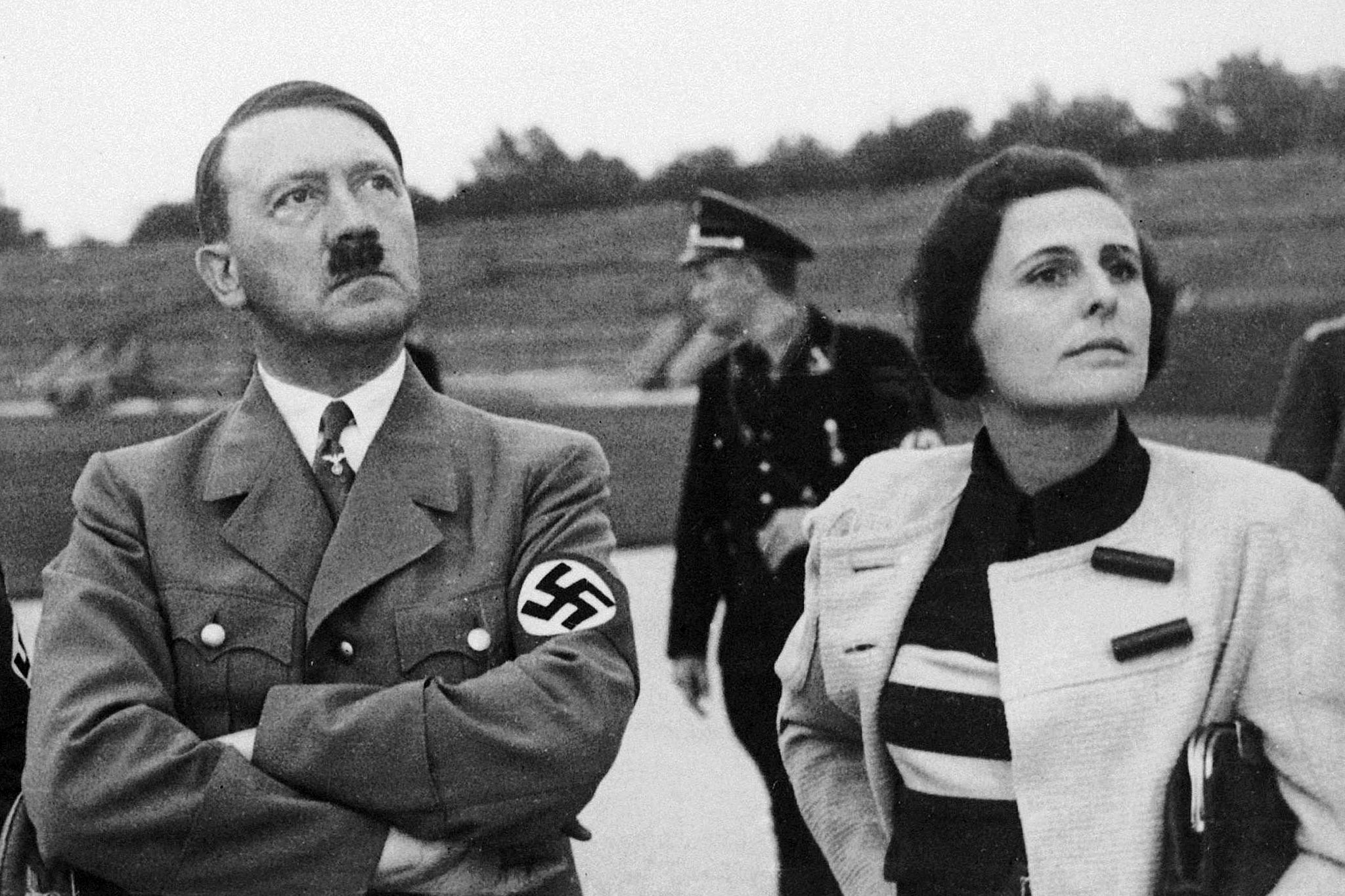
There is a small but telling detail in Riefenstahl, Andres Veiel’s new feature documentary about Leni Riefenstahl, Adolf Hitler’s favourite filmmaker. When she was a teenager on the edge of puberty, Riefenstahl used to paint her knickers red and stuff socks in her bra. It was her way of impressing her school friends by showing them she was already having periods and was more mature than they were. That desire always to be first never left her – and nor did her willingness to use lies and sleight of hand to achieve her ends.
“You were incredibly ambitious,” her school friends told her when they held a reunion in the mid-1970s. (Riefenstahl didn’t die until 2003, aged 101.) “You would throw a fit if things didn’t work out and you didn’t get the praise you expected from your work.”
Across the last 90 years, Riefenstahl’s life and career have been pored over exhaustively. From the moment when she started making the astonishing Triumph of the Will (1935), about the 1934 Nuremberg rally, she was attacked as a Nazi propagandist – because that’s exactly what she was. Riefenstahl depicted Hitler and his followers as they wished to be seen, as a fervent, fanatical mass movement exuding menace, strength and discipline. The formally groundbreaking film was where much of the world first acquainted itself with the pageantry of the Third Reich (all that yelling, goose-stepping and saluting). After the war, the filmmaker wrote her own, self-serving autobiography, spending over 10 years “grappling with the task of shaping how she will be remembered”, as Veiel puts it.
For director Veiel, the question of how close Riefenstahl was to Hitler has chilling urgency. He argues that Riefenstahl’s imagery is now ever “present” in the “iconography of the New Right” and that autocratic regimes in Moscow and China seem obsessed with “stagings of imperial greatness” like the ones she used to choreograph so brilliantly on camera for Hitler. The Riefenstahl case also continues to pose uncomfortable questions about whether art can ever be seen in isolation from the political context in which it was created.
The timing of the new documentary is significant. It is coming out just as the AfD, the extreme right-wing national party, is making major inroads politically in Germany. Its premiere was at the Venice Film festival, which is where the German director enjoyed her moment of greatest cinematic glory, winning the (ominously titled) Mussolini Cup in 1938 for Olympia, her documentary about the 1936 Berlin Olympic Games.
Riefenstahl began her career as a dancer, soon became a movie star (within the then-fashionable “mountain film” genre, focusing on man-vs-nature feats of mountaineering), and graduated to directing while still in her early thirties. She came to Hitler’s attention with her directorial debut The Blue Light (1932). This was a mystical yarn in which she also starred as Junta, a beautiful, impulsive mountain girl regarded by the locals as a witch. In one of the most memorable scenes, she is shown clambering free solo up a misty and treacherous rock face.
The film’s Jewish screenwriter Carl Mayer, who also co-wrote the classic German expressionist horror picture The Cabinet of Dr Caligari (1920), warned Leni that if she continued portraying characters like Junta, she would become an “idol” to the National Socialists. That’s precisely what happened. After Hitler came to power, she turned into a poster girl for the new fascist regime.
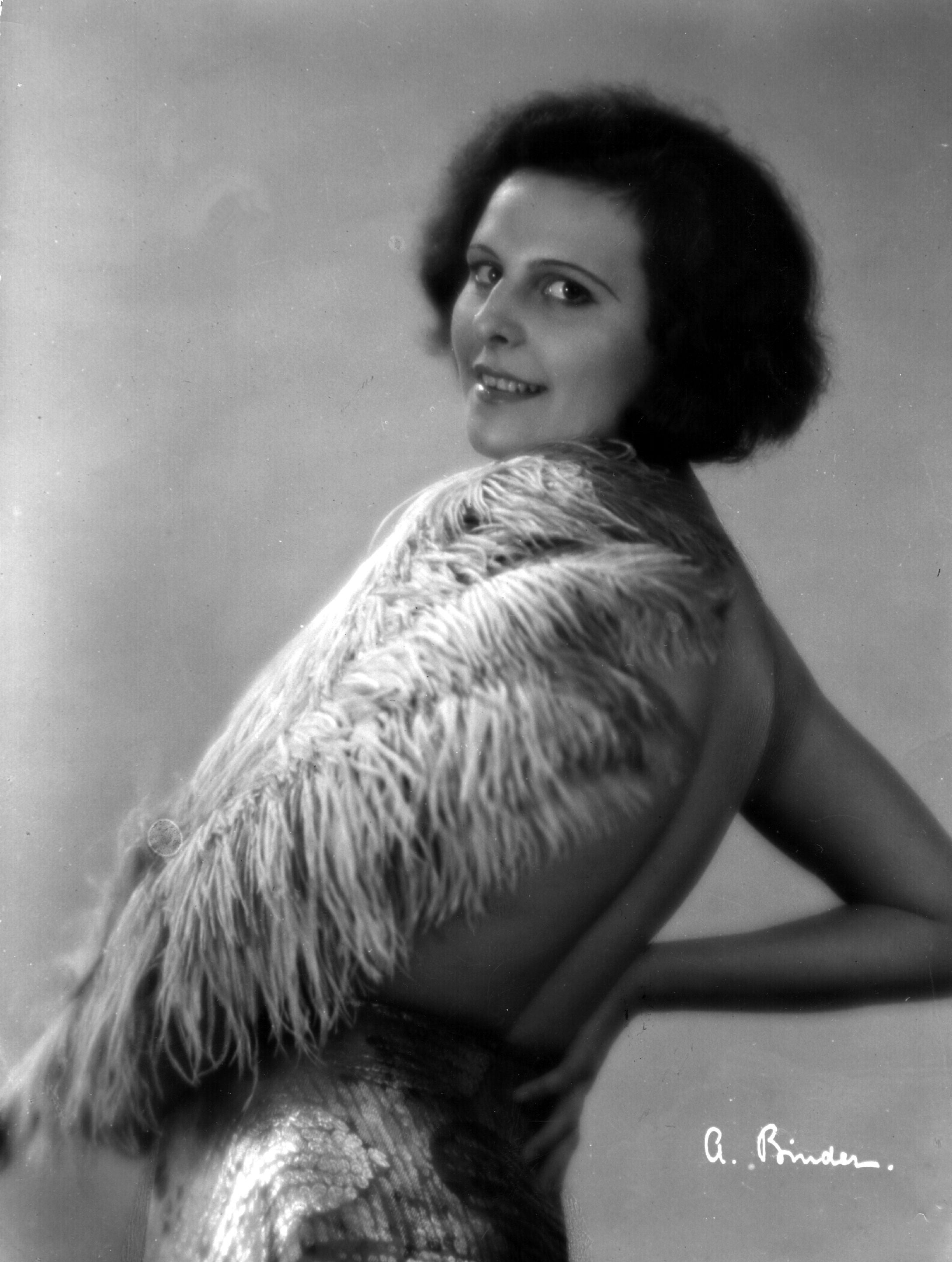
As the Führer took a liking to the filmmaker, she reciprocated in full. When she first heard him speak, she was overcome with hot sweats. “I was somehow captured, as if by a magnetic force,” she later remembered. She was a fan too of Hitler’s political autobiography Mein Kampf, telling the Daily Express in 1934 that after “after the first pages, [she] had already become an enthusiastic National Socialist”.
Veiel’s thesis, to put it at its crudest, is that his subject spent the second half of her life lying about what she did in the first. After the Second World War, she somehow convinced the world that her role as the Third Reich’s cinematic tub-thumper-in-chief didn’t mean she knew about the Holocaust or endorsed Nazi beliefs.
In recent years, some influential filmmakers and critics have accepted her version. Time critic Richard Corliss insisted that Hitler was only “an incidental beneficiary” of the Riefenstahl “vision” and that her real interest throughout her career was “mythologising” her subjects – whether they were Nazis in Nuremberg, Black American sprinters like Jesse Owens or the Nubian tribesmen she photographed in the 1960s.
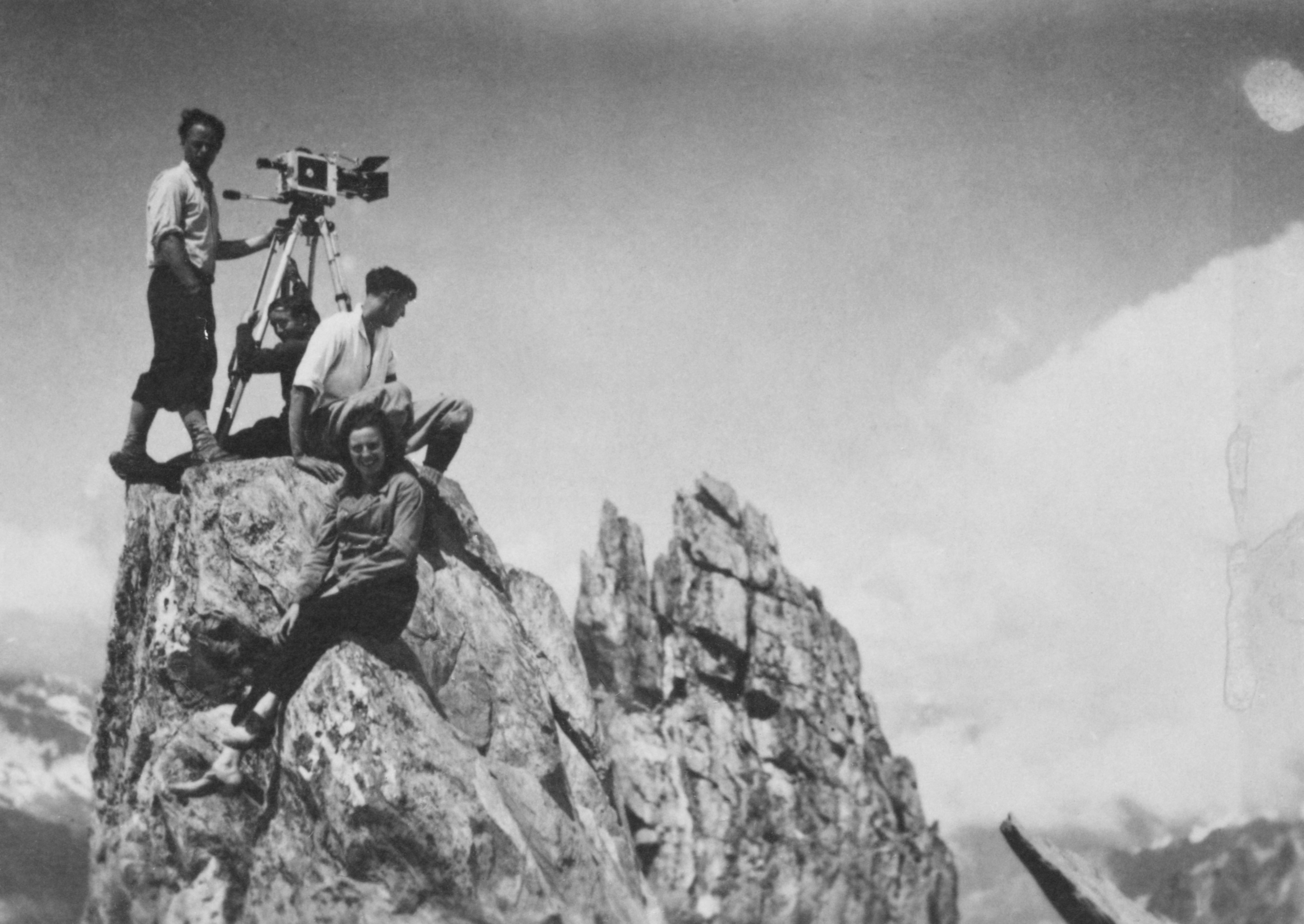
When he was in Germany making Inglourious Basterds, Quentin Tarantino called Riefenstahl “the best director who ever lived” in a 2009 interview with German newspaper Der Spiegel.
Riefenstahl is credited with revolutionising sports coverage. When she was making Olympia, she used slow motion, high angle and low angle shots breathtakingly and even put the camera in rowers’ boats. “She was the original storyteller, introducing innovative techniques that we all try to emulate today,” Bud Greenspan, the American filmmaker famous for his documentaries about the Olympic Games, wrote of her.
The new documentary acknowledges its subject’s innovative brilliance – but also argues forcefully that you can’t come as close as she did to the Nazis without being contaminated.
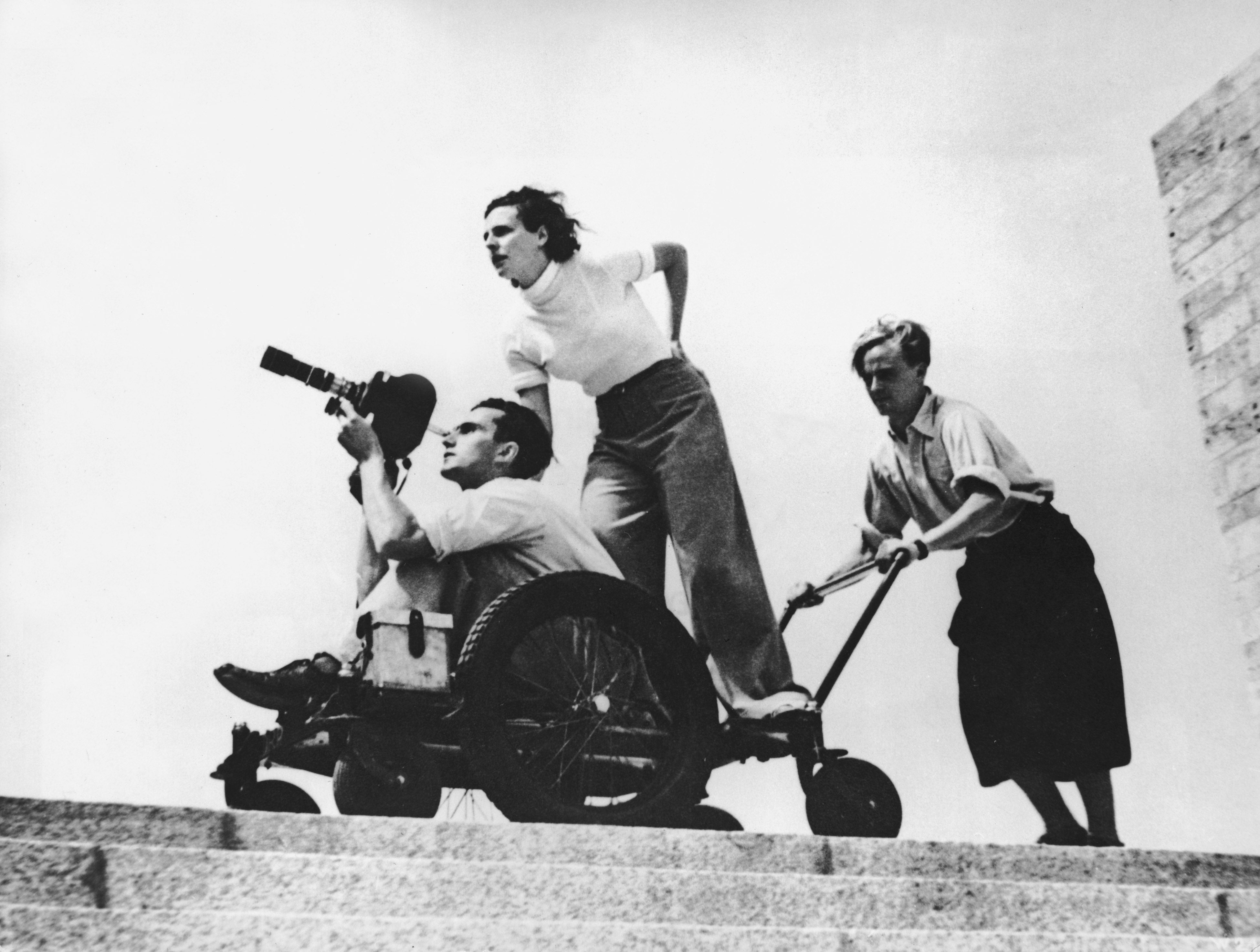
Its most damaging allegation is that in September 1939, Riefenstahl not only witnessed the killing of 22 Polish Jewish prisoners but was indirectly responsible for their deaths. She was in the town of Konskie in Poland, filming the advance of the Wehrmacht and wanted to set up the camera in the marketplace where these prisoners were digging.
A 1952 letter from a witness to her ex-husband, Nazi officer Peter Jacob, quotes Riefenstahl as saying “the Jews have to be removed from there”. She apparently meant that she wanted the prisoners out of frame but by the time the order had been passed down the line to senior officers, it had become “get rid of the Jews”. Some of the prisoners tried to flee but were mown down by German guns.
More than 120 years after her birth, Riefenstahl is still able to polarise opinion and stir up grim memories
If the letter’s contents are credited, her directorial choices led directly to the Poles’ deaths. Riefenstahl flatly denied this account and insisted she had never witnessed any such atrocities but the documentary contains photos of her at the scene, looking utterly traumatised at what has just occurred.
The film has other revelations almost equally damning. For instance, it’s dismaying to learn that after ace cinematographer Willy Zielke (who worked with her on Olympia) had a nervous breakdown, she did nothing to help him. He was put in an asylum where he was forcibly sterilised in accordance with Nazi laws of the time.
Riefenstahl also denied that anything bad had happened to the Sinti and Roma kids she procured from an internment camp as extras in 1940 for her movie Lowlands. In fact, most of them were subsequently killed in Auschwitz.
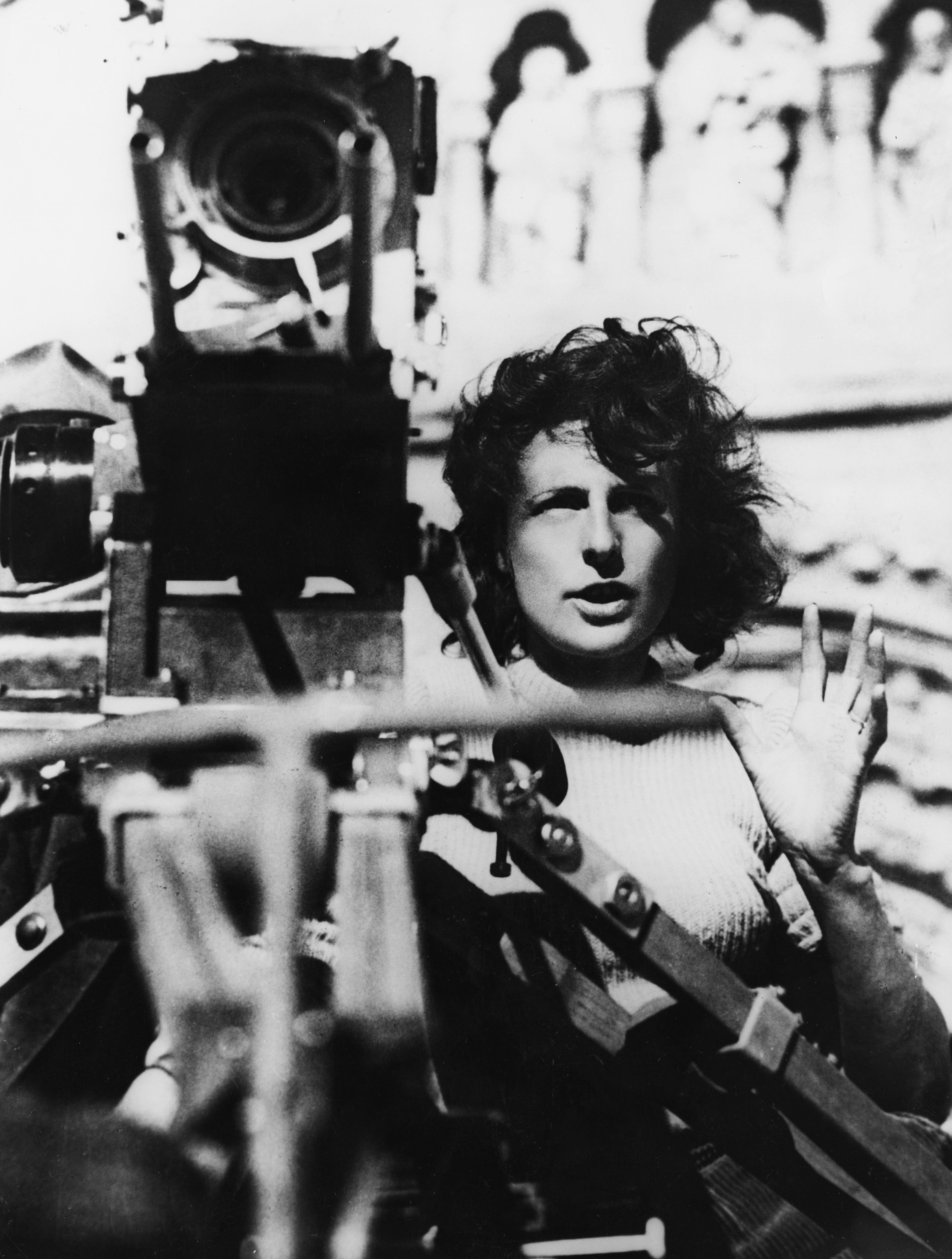
Unlike Albert Speer, her close friend and Hitler’s architect, Riefenstahl didn’t spend a long stretch in prison after the Nuremberg trials. Nonetheless, Veiel tells me that Speer was ultimately more successful in laundering his reputation. “He was much more cute than her. He said ‘I could have known everything but didn’t ask questions.’
“Later on, it was proved that, of course, he was not only a witness of the massacres of the Holocaust. He organised it in a way because he extended Auschwitz, the concentration camp, and he was part of a conference when it [the Holocaust] was openly discussed. One year before he died, it became obvious he was a liar but, before, was protected by many influential German publishers.”
More than 120 years after her birth, Riefenstahl is still able to polarise opinion and stir up grim memories. Veiel tells me he fully expects to be attacked viciously in certain quarters for making the new documentary. At the very least, though, his film will remind audiences they need to look at Riefenstahl’s life and work with a very critical eye. Whether as the teenager padding her underwear or the brilliant young auteur calling the shots at the Nuremberg rally or as the post-war author and chat show guest embroidering her own life story, she was never quite what she seemed. If Riefenstahl was a genius, she was an innately dishonest one – whose beautiful lies left chaos and destruction in their wake.
‘Riefenstahl’ is screening at the Venice Film Festival






Join our commenting forum
Join thought-provoking conversations, follow other Independent readers and see their replies
Comments